Germany is a country of cities. It’s one of the most decentralised in Europe, with the population spread across dozens of cities, each with their own character, heritage, and economic priorities. And, without the mountains of Switzerland, the coast of Italy, or the islands of Spain, most tourists to Germany find themselves focusing on the country’s cities.
Create a free account to read this article
$0/
(min cost $0)
or signup to continue reading
Berlin inspires with its art, its nightlife, and its coarse history. Munich impresses with the grandeur of wealth and tents of beer. Cities like Stuttgart, Cologne, and Hamburg – which are not always the first you think of – have seen increased visitor numbers recently as travellers embrace their vibrant neighbourhoods, cathedrals, and cultural centres.
But beyond all of these, there is much more to discover. Germany’s highlights lie in the smaller cities, where you’ll uncover heritage and cultural masterpieces that rival those of countries like Italy and France (which tend to act as though they are without equal). Here are some of my favourites.
Bremen
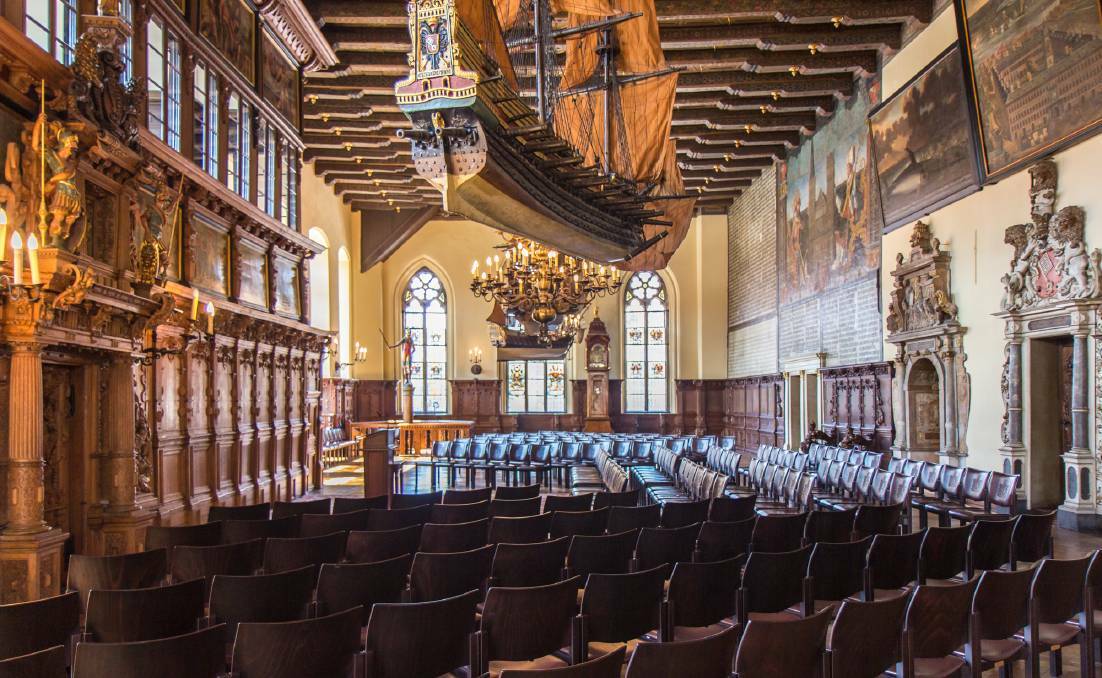
Even though Bremen (population 570,000) is the largest city I’m recommending, it has the atmosphere of somewhere much smaller. This is, in part, because the action is focused around the river, with green zones and open-air spaces where students and the young-at-heart congregate. The most important building is the magnificent town hall, which you can tour to see the history from the Middle Ages. But there’s also a contemporary edge to Bremen, illustrated by the Uberseestadt district, where old docks have been transformed into a residential and cultural hub. With the Universum Bremen science centre, the Beck’s Brewery, and the city’s main art gallery, there is plenty to do here.
Freiburg
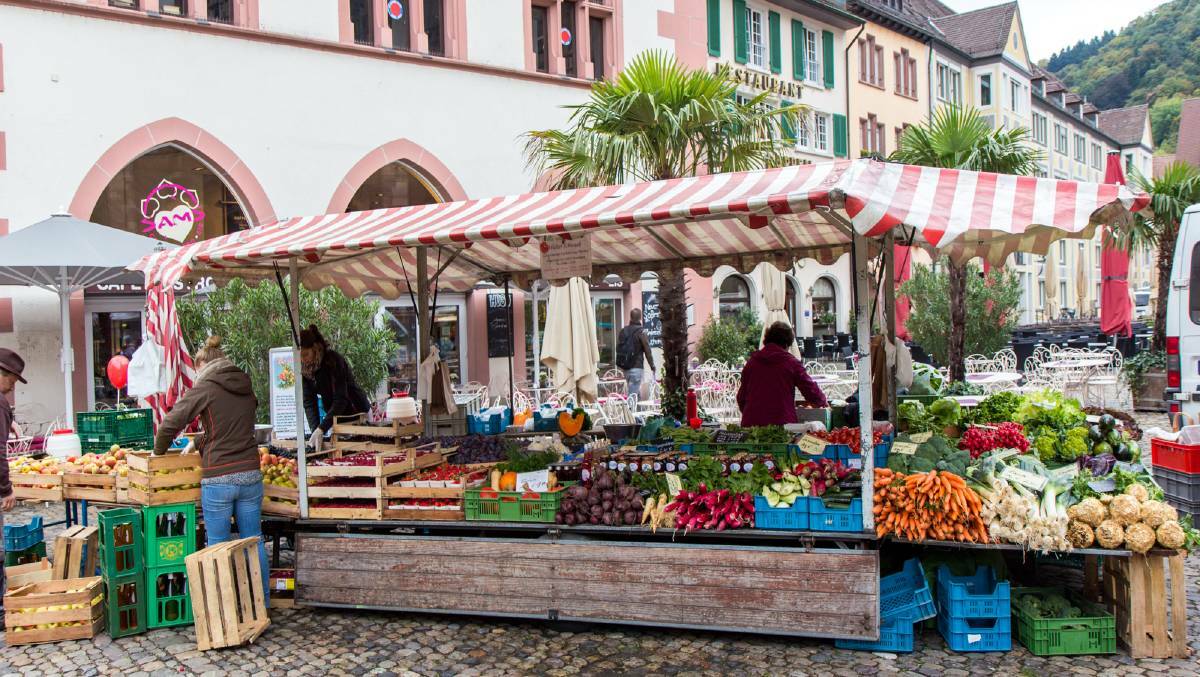
Freiburg boasts the most sunshine in Germany and that’s certainly an advantage if you want to use it as a base to explore the nearby Black Forest and the region’s wineries. But, for many visitors, the highlight is the medieval old town, full of gabled townhouses and cobblestone lanes. There are plenty of sights to visit – the city’s cathedral and the 16th-century Historical Merchants’ Hall, for instance – but it’s also a city that can just be explored. Small canals run down alleyways, mosaic signs on footpaths denote original businesses, and market stalls fill the squares. It’s easy to see why Freiburg is one of Germany’s most liveable cities.
Lubeck
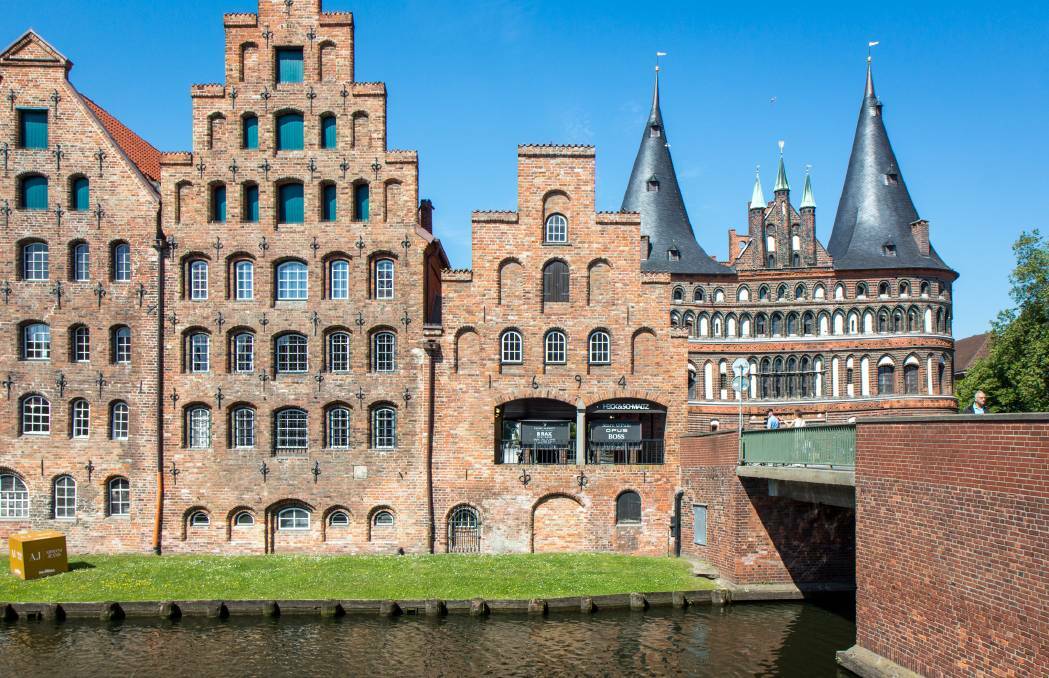
For more than 400 years from the 12th century, Lubeck was the centre of the powerful trading federation known as the Hanseatic League. The wealth from this period is still evident, with more than a thousand historic buildings protected in the city centre, which is on an island in the river. The enormous St Mary’s Church sits at the heart, with its impressive Gothic design, but there are seven spires in total that rise from the island. Walking between them takes you on a journey past more Gothic buildings, to wonderful architecture from the Renaissance and Baroque periods, through alleyways with merchant houses, and along old fortifications.
Trier
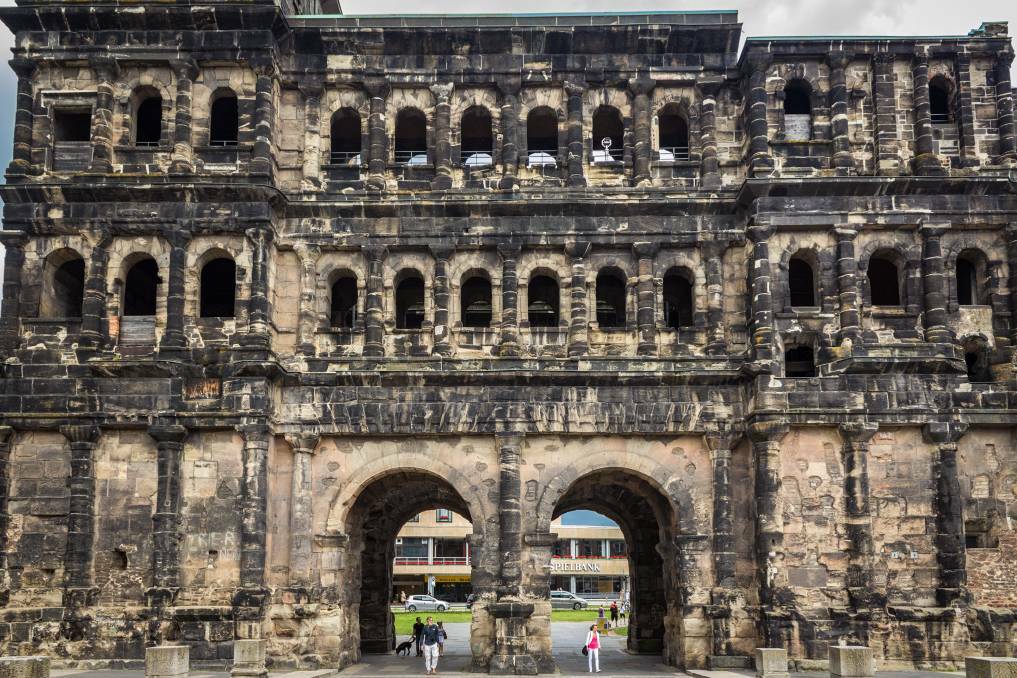
Trier is considered to be Germany’s oldest city and has the country’s best collection of Roman monuments. The most famous of them is the Porta Nigra gate at the start of the main pedestrianised street, but I think the amphitheatre and the Imperial Thermal Baths are just as impressive. Other landmarks like the country’s oldest Gothic church and the birthplace of Karl Marx offer a journey through millennia of history, in a city at the crossroads of important trade routes and all the cultural influences that brought.
Bamberg

In the 11th century, the King of Germany had a vision to turn Bamberg into a ”second Rome” and began an ambitious infrastructure project at the top of the city’s hill. This is where you’ll find the magnificent cathedral and castle buildings from that period. At the bottom of the hill is a large island in the river, connected by the beautiful town hall over the water, with shops and houses that were founded from about the 12th century. The high concentration of heritage in such a small area makes Bamberg a real treat to explore but make sure you don’t miss tasting the offerings of its famous breweries, which are known for producing smoky bacon flavours.
Weimar
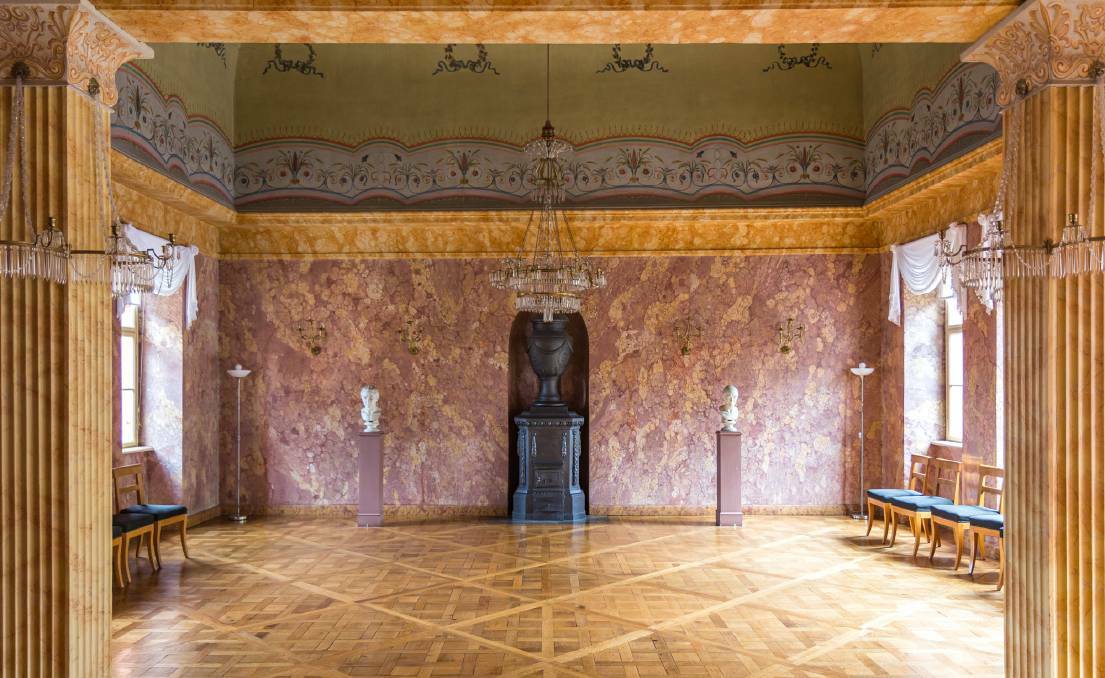
In the 18th century, the city of Weimar became the centre of German intellectualism, as writers, musicians, and scholars gathered here to work together in an atmosphere of artistic inspiration. The buildings related to this time are the highlights of a city where everything has an air of enlightenment. There’s Wittumspalais, which was a centre of cultural exchange, and Belvedere Palace, built for house parties. But probably the most important sight is the home of Goethe, which has been turned into a museum that offers one of the country’s best insights into German philosophy.
Quedlinburg

Finally, one of my favourite German cities is the smallest of those I’m recommending (it’s probably technically a town). Quedlinburg is like a time capsule of the Middle Ages from when the town wall was built in 1330 and everything inside was essentially preserved. As you walk through the authentic Medieval urban layout, it feels like a film set – a maze of cobblestone streets, timber buildings peering over them, different colours everywhere and a church perched high on a hill. It can get busy during the day but if you stay overnight (as I did), you’ll have this wonderful city landscape almost to yourself.




